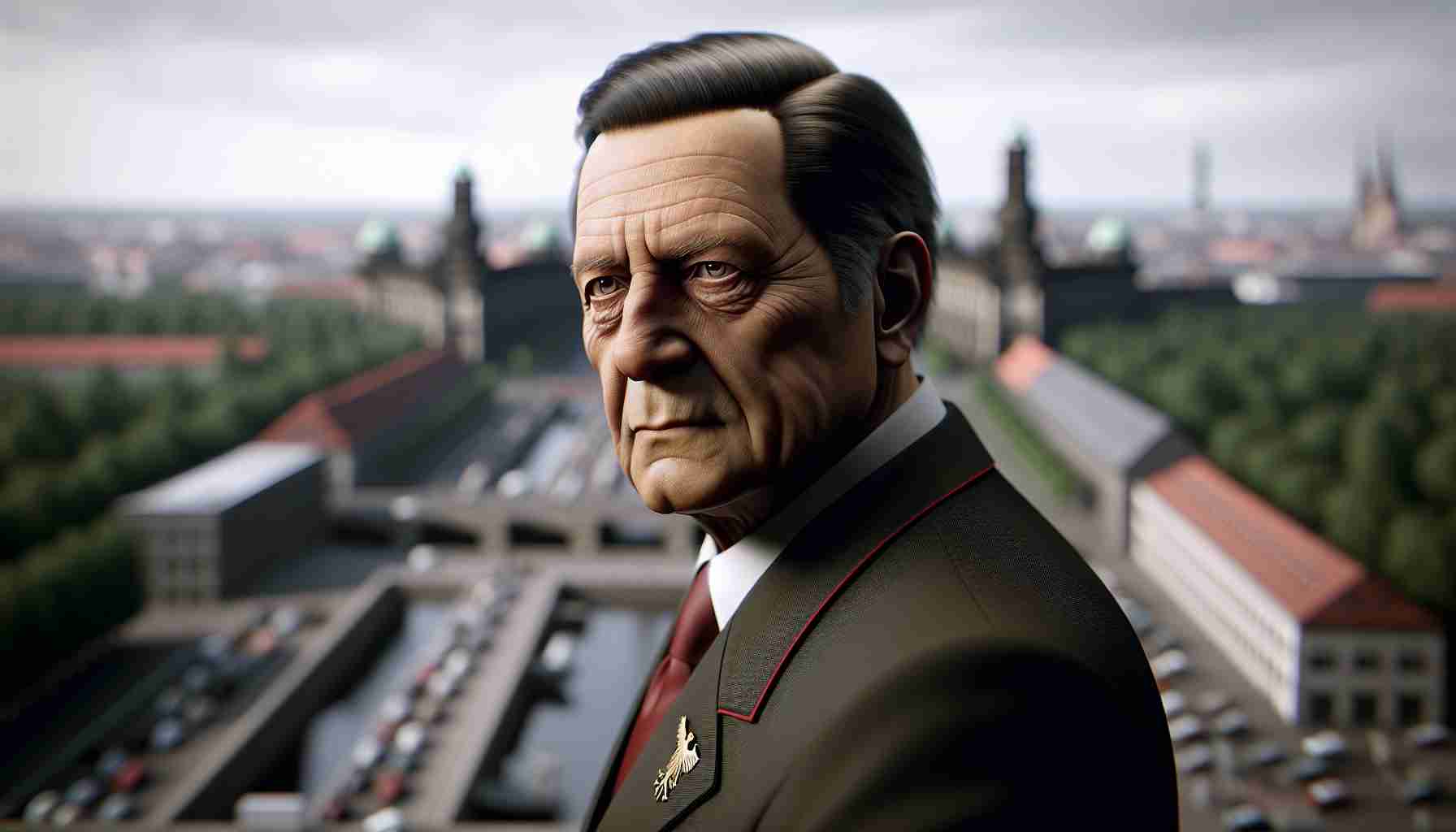Analyzing Markus Söder’s Strategy
In the pursuit of his political aspirations, Markus Söder is adopting a strategy reminiscent of former President Donald Trump. Initially misunderstood, the parallels between their approaches are now becoming clearer as Söder navigates his path towards leadership.
Söder’s tactic is multi-faceted, drawing on elements that made Trump’s campaign notable. While Trump was known for blending bold statements with unpredictable rhetoric, his frequent use of emotionally charged tactics captivated a specific audience. Likewise, Söder appears to be embracing a style that seeks to resonate with public sentiments while highlighting his own uniqueness—evidenced by his characteristic beard and black turtleneck, setting a visual tone distinct from his contemporaries.
The journey of political success is rarely straightforward, often requiring its contenders to learn from past missteps. In this context, Söder’s approach is about connecting with the populace through both appearances and rhetoric, echoing a strategy that has proven effective for Trump. Sounds of nostalgia, gripping narratives, and emotional appeals may become tools in Söder’s campaign arsenal as he positions himself as a serious contender for Germany’s chancellorship.
As the political landscape evolves, observers will be keenly watching to see if this strategy gains traction—could this be a new chapter for Söder that aligns him more closely with Trump’s controversial legacy?
Markus Söder: A New Approach to Political Leadership in Germany
Understanding Markus Söder’s Political Landscape
As the political environment in Germany becomes more dynamic, Markus Söder, the leader of the Bavarian Christian Social Union (CSU), is increasingly drawing comparisons to Donald Trump’s distinctive style. This analysis delves deeper into Söder’s approach, highlighting new insights, potential impacts, and the implications for his political future.
Features of Söder’s Strategy
Söder’s strategy incorporates several key features:
– Emotional Connection: Much like Trump, Söder leverages emotionally charged narratives that resonate with voters. By appealing to the public’s sentiments, he aims to solidify his supporter base.
– Visual Branding: His distinctive visual identity—with his recognizable beard and black turtleneck—helps set him apart from other political figures. This branding attempts to create a memorable image in the minds of voters.
– Nostalgic Themes: Söder taps into themes of nostalgia and tradition, which he believes can invoke loyalty and a sense of belonging among electorate groups.
Pros and Cons of Söder’s Approach
Pros:
– Increased Visibility: By adopting a bold and distinct style, Söder can capture media attention and maintain public interest.
– Voter Engagement: Emotional appeals can galvanize support from disillusioned voters looking for relatable leaders.
– Adaptation of Successful Tactics: Learning from notable political campaigns can lead to innovative strategies that resonate well with constituents.
Cons:
– Polarization Risk: Emulating Trump’s approach may alienate moderate voters who prefer more traditional political discourse.
– Sustainability of Messaging: The long-term effectiveness of emotionally charged rhetoric is uncertain, especially as political contexts shift.
– Potential Backlash: Given Trump’s controversial legacy, Söder may face challenges in disassociating himself from contentious viewpoints.
Use Cases and Market Analysis
Söder’s strategies can also be analyzed in the context of their effectiveness in various scenarios:
– Election Campaigns: By integrating bold statements and visual branding, Söder may increase his visibility in upcoming elections, especially given the CSU’s aim to galvanize support in the face of rising competition from other parties.
– Public Opinion Shifts: Observers will gauge how Söder’s tactics influence voter sentiment, particularly among younger demographics that may seek change.
Trends and Innovations
As we observe the evolving political landscape:
– Trends Toward Populism: Söder’s approach reflects a broader trend in European politics, where populist strategies are gaining ground. This aligns with a wider movement away from established norms towards more charismatic leaders.
– Innovation in Engagement: Innovative social media tactics may complement Söder’s emotional appeals, allowing him to connect with a diverse audience, particularly via platforms popular among younger voters.
Security Aspects and Predictions
In an increasingly polarized environment, security and misinformation will pose significant challenges:
– Misinformation Management: Söder must navigate the intricacies of digital misinformation campaigns, which can undermine trust in political figures.
– Public Trust Building: Strategies focused on transparency and accountability may be crucial for maintaining credibility amidst potential backlash.
Conclusion
Markus Söder’s political strategy marks a significant evolution in German politics. By employing bold emotional appeals and distinctive branding, he positions himself as a serious player in the quest for leadership. Observers will be keen to see how these tactics unfold, particularly in relation to ongoing trends in populism and voter engagement.
For more insights into German politics and current leadership strategies, visit BBC News for the latest updates and analysis.
